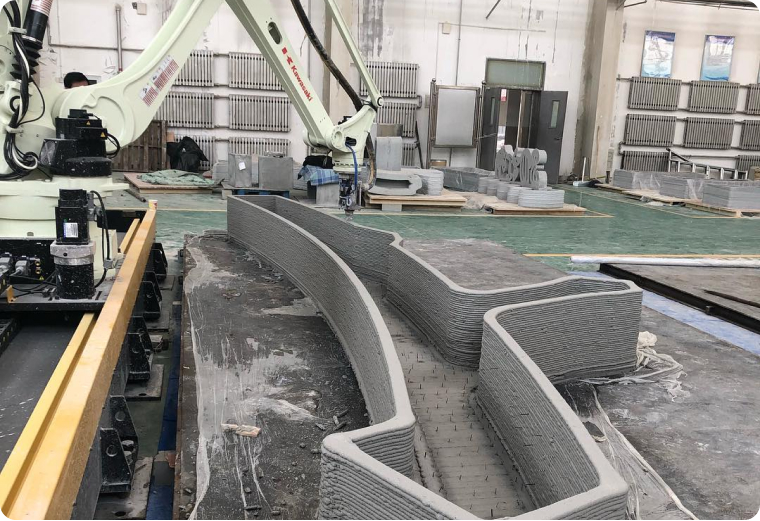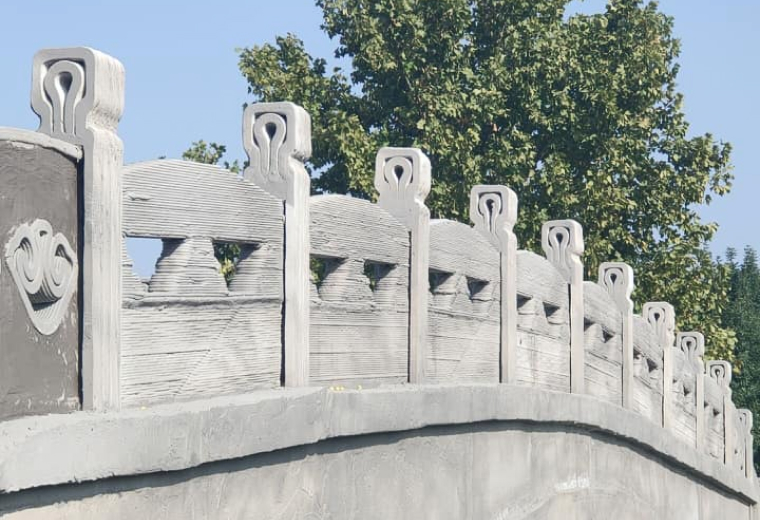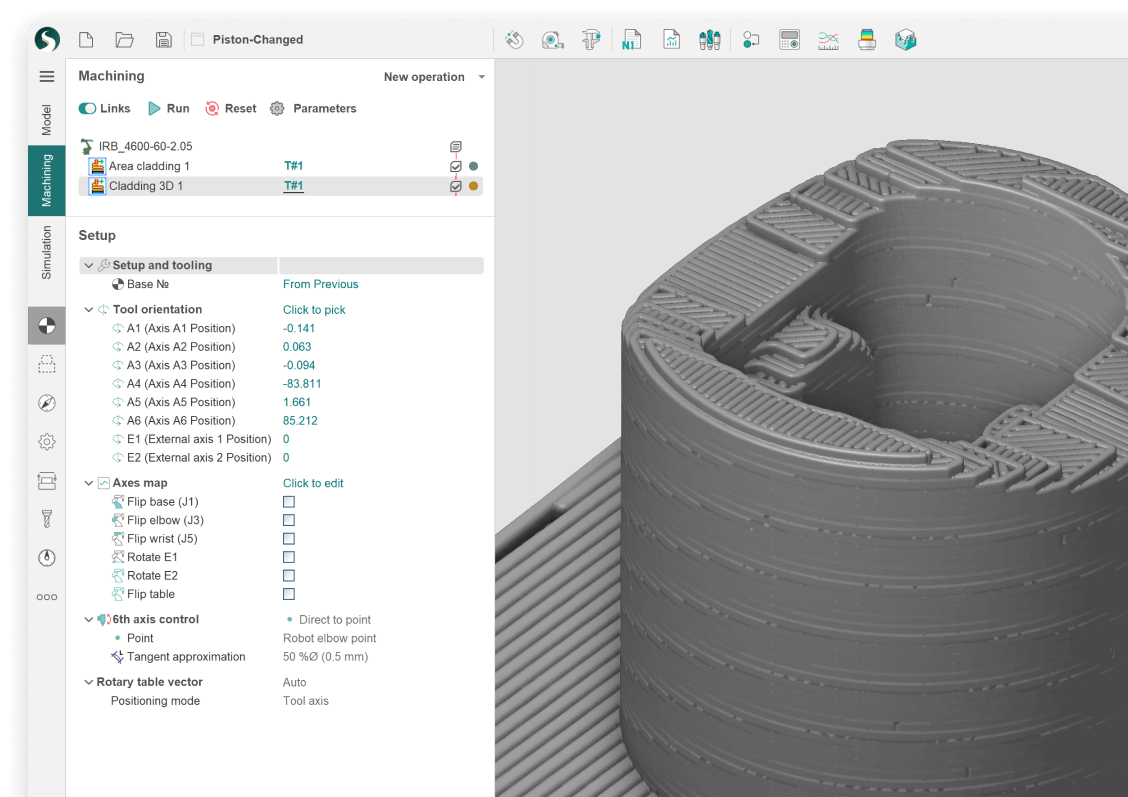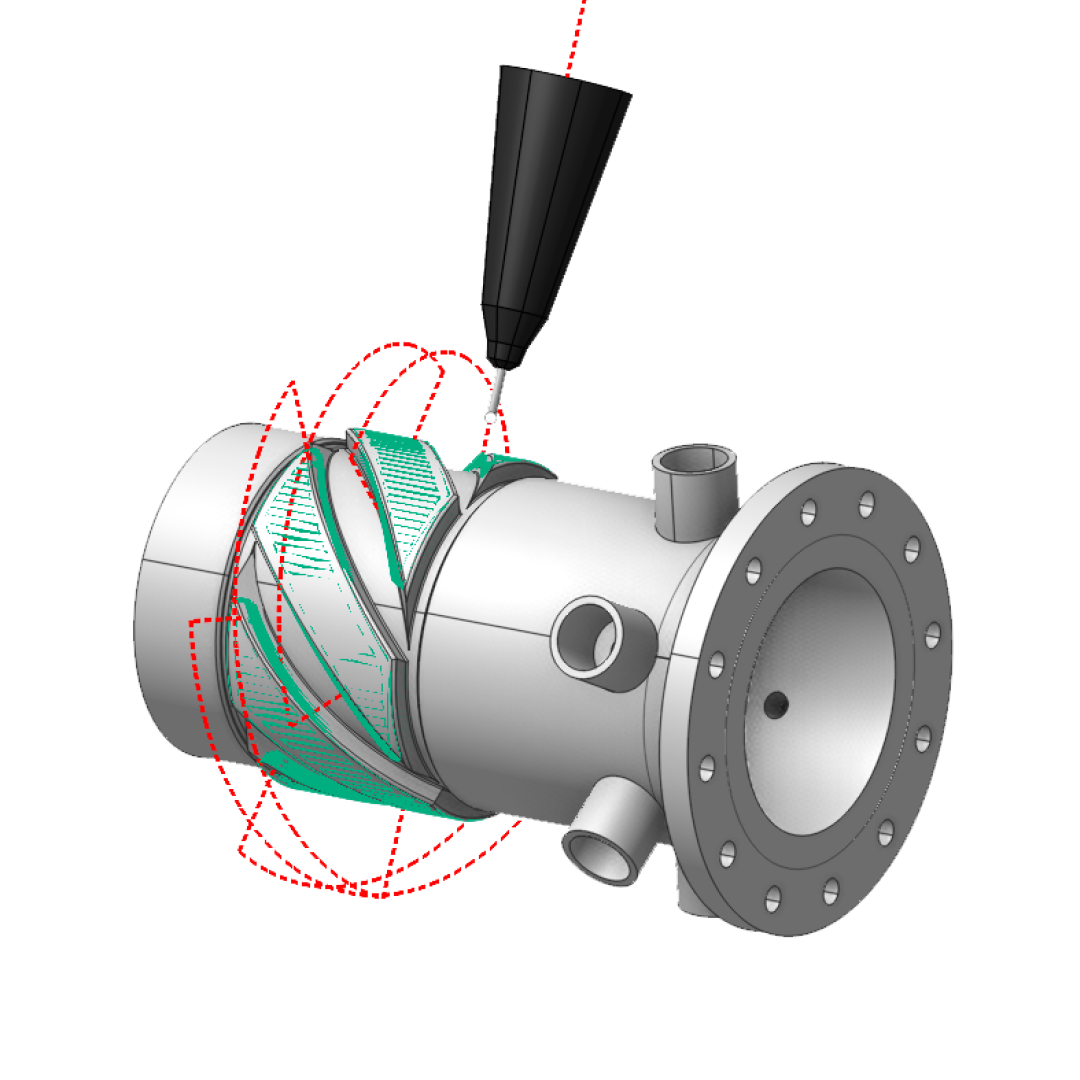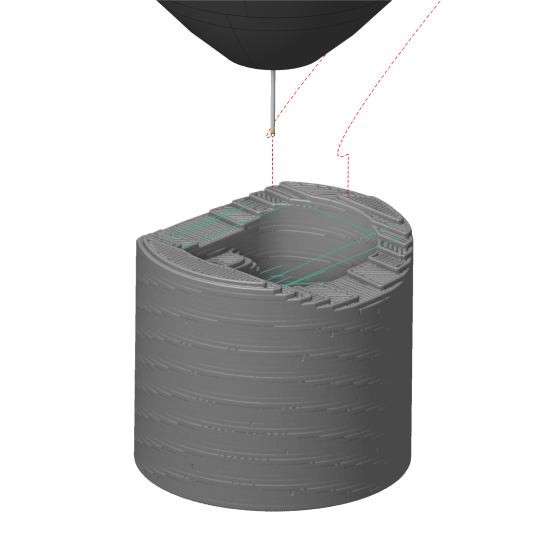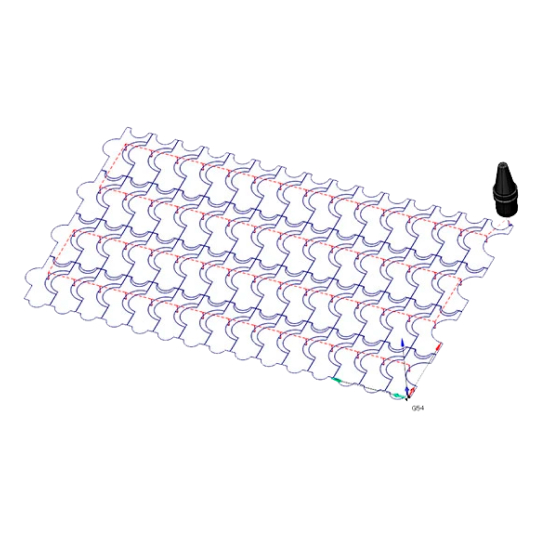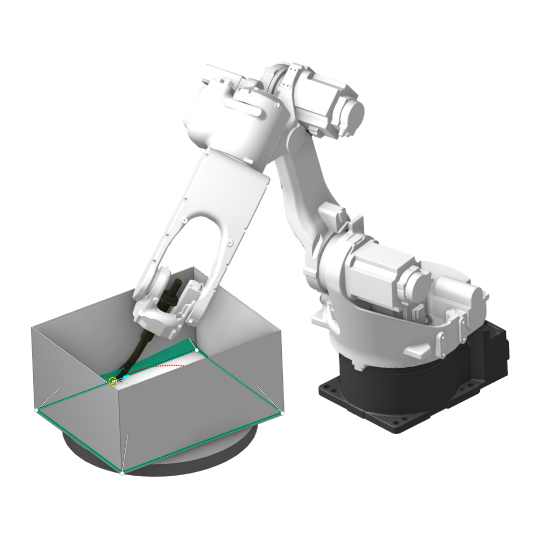
Architecture & Construction
The Architecture & Construction industry is the driving force behind urban landscapes and modern habitats. The sector is experiencing a transformative phase with trends like green architecture, smart buildings, and prefabricated construction leading the charge. Sustainability, coupled with technological integration, is no longer a luxury but a standard expectation, pushing architects and builders to constantly innovate.
Pivotal Parts and Prevailing Technologies
At the heart of construction lie foundational elements like beams, columns, and slabs, dictating the durability and aesthetics of structures. Yet, the modern era sees technology as an equally critical component. Building Information Modeling (BIM) offers dynamic 3D models for better planning and collaboration. Similarly, technologies like augmented and virtual reality facilitate immersive design experiences, while 3D printing is reshaping how some structural components are produced. As the industry marches forward, these parts and technologies will be pivotal in sculpting tomorrow’s architectural marvels.

The world of CAD and CAM software continues to change with the end result of giving users more value and capabilities for less money. When I first used CAM software the cost was over .25 million for the system. With SprutCAM X, I could literally and figuratively cut circles around those first accomplishments in far less time. I have been pleasantly surprised to find that SprutCAM X not only has proven to be very reliable in its output, the value for the costs are outstanding. Every CAM system has its pros and cons, but I have found that SprutCAM X has very few cons which is a great accomplishment for all involved in its creation. Thanks.

Loyd May
WAYPOINT engineering

The combination of software and robotic technology enabled the construction team to print the house with accuracy and efficiency. The finished house was a remarkable feat of engineering, featuring intricate details such as curved walls, patterns, and precise dimensions, showcasing the capabilities of 3D printing in construction. It was also built with durable and sustainable materials, highlighting the potential of this technology to contribute to more eco-friendly construction practices.







